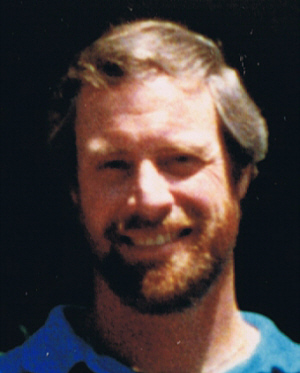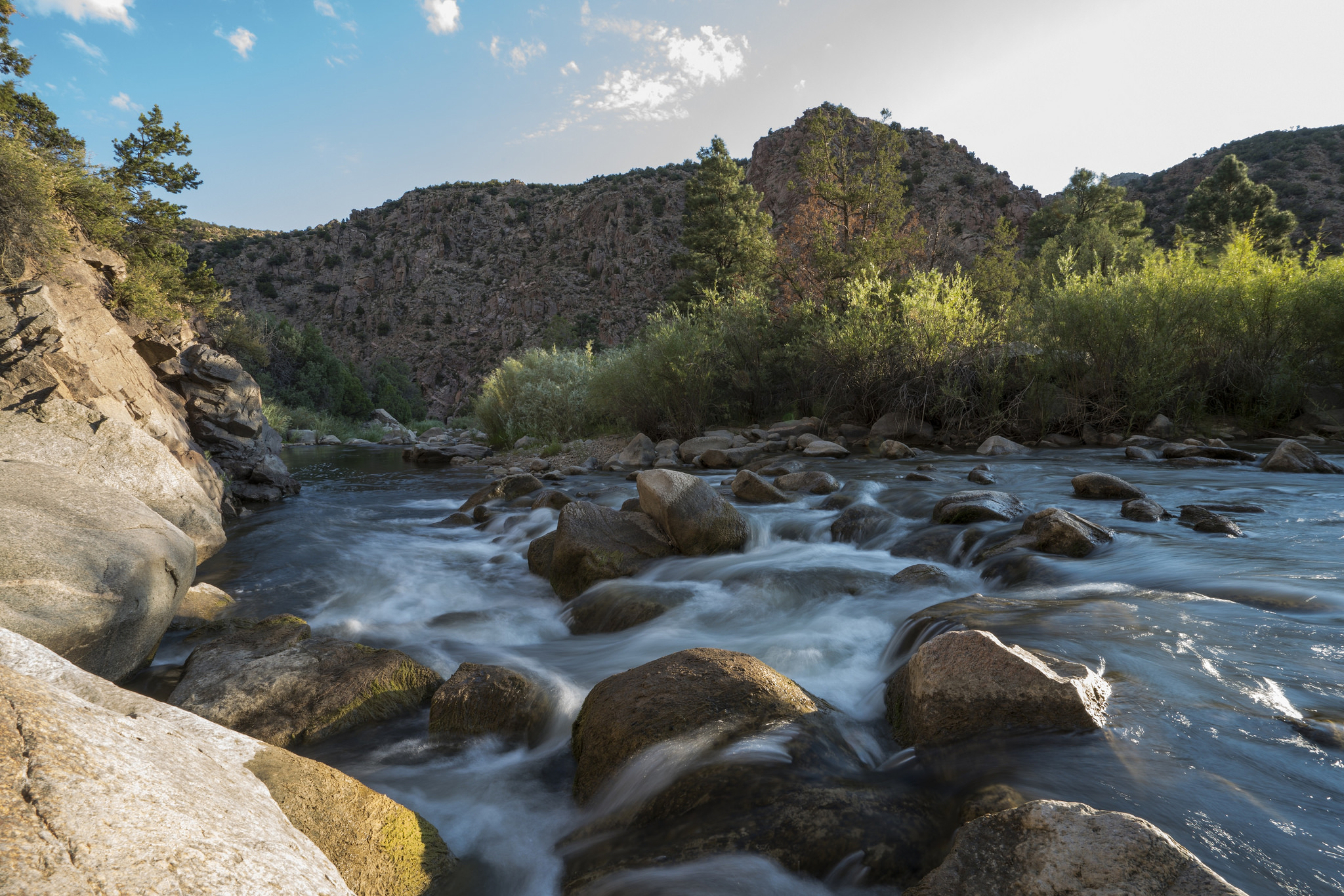Landscape Stewardship Awards - 2006

THE SAN MIGUEL RIVER, one of the few remaining ecologically intact and free flowing rivers in Colorado, flows from a million acre watershed extending from high alpine settings above Telluride to beautiful sandstone formations some 70 miles downstream, where the San Miguel joins the Dolores River. The watershed supports some 600,000 residents and seven small, culturally and economically diverse towns. Although many residents share a common history in mining, ranching, and agriculture, new influences, namely a booming real estate market in the upper reaches and recreational tourism throughout, have more recently brought new human pressures and influences to the area. These changes were causing concern among older residents on the upper areas and creating distrust by the people living in the lower reaches of the watershed. In the downstream communities, many people believed that the growth and new wealth in the upper areas threatened their lifestyles and livelihoods.
It was from this setting that the San Miguel Watershed Coalition began forming in the mid-1990s. The coalition was intended to be a citizen-based collaborative watershed management program aimed at restoring and maintaining watershed health while supporting local economies and quality of life for people living throughout the watershed. But if the coalition was to be viable, it first had to accomplish the difficult task of bringing together different and often distrusting cultures, communities, and interests, as well as gaining support from a number of local, state, and federal agencies, and other government interests. Over sixty-percent of the approximate one million acre watershed is a combination of Forest Service and BLM lands.
Linda Luther was one of the original visionaries behind the coalition and the person who personally took on the many challenges faced in the early days. Those challenges might be categorized into three. The first would be getting the various agencies and other government interests to work together in a cohesive, collaborative manner. The second was to establish a level of trust, communication, and common purpose among the residents and communities located in the watershed. Finally, those two challenges had to merge into a single, collaborative approach to understanding and managing the entire watershed. Considerable work had already been done on the first challenge through various meetings and conferences held in previous months and years. Perhaps the greater risk there was that the agencies would become too organized, thereby threatening the more difficult challenge of bringing residents and communities together. Linda’s early involvement was key to forming the needed citizen support while helping to avoid a dominant presence of government. In a role someone from government would have had difficulty filling, Linda worked tirelessly with BLM, other agencies, and residents of the area to build trust and a sense of local empowerment. Over time, through Linda’s sills in community work, people in the area began reshaping their thinking into what she called, “a watershed point of view.” She also coordinated many other aspects of the watershed initiative, including grant writing and administration, project planning and development, and public outreach.
Allen Belt (pictured above) was the BLM Field Office Manager for the Uncompahgre Resource Area during this time. Allan had been involved in the early discussions leading up to the watershed coalition. He too believed strongly in networking and empowering people to resolve issues and problems collaboratively. And his open and honest management style had already build considerable trust among many interests in the area. Allan committed his capable staff to revising existing BLM land use plans for the lower San Miguel watershed. His staff and Linda worked together during much of the public contact work involved in formulating the plan. It was largely through this teamwork and Allan’s managerial style of empowering people that the plan come to be accepted by local people as their own.
Allan also continued his participation in the still evolving coalition. As might be expected, many people involved in the formation of the coalition thought people should have clearly defined roles, responsibilities and titles, and that other formalities typically associated with such an organization should also be defined. But Allan saw it being much more effective it it kept such formalities to a minimum. He saw it being more oriented toward networking, empowerment of citizens, and common commitment to ideas and principles. Without Allan’s involvement, the coalition may have formed in a way that caused local people to resist the idea. Instead, it became an excellent example of the relationship needed between government and people to support stewardship.
Both Linda and Allan have since moved on to other matters. Linda now works for the county and Allan has retired from BLM and is now county commissioner in Montrose, Colorado. However, the work each did in the early years of the coalition undoubtedly was critical to the success of the coalition. The San Miguel Watershed Coalition continues to serve as a forum for residents, landowners, agencies, and non-profits to interact in ways that promotes understanding of the watershed, and act together to both protect and enhance its natural values and functions. Their mission remains one of advancing the ecological health while promoting the economic vitality of the area through collaborative stewardship. The coalition has been successful in getting people from all parts of the watershed to come together in support of that mission.
The Public Lands Foundation believes the San Miguel Watershed Coalition is a true example of citizen-based landscape stewardship, one that will continue to grow and demonstrate the new relationship between government and people needed to foster and support citizen stewardship. The Foundation presents this award to Linda Luther and Allan Belt in honor of their vision, transformational thinking, and dedication to this effort. The Foundation also wishes to honor all others who have made valuable contributions, but whose names are known only to Linda and Allan.

